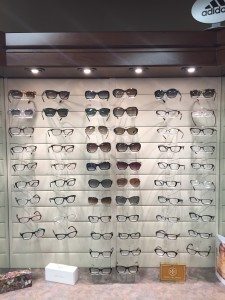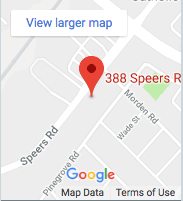Glaucoma is an eye disease causing gradual, ongoing damage to the optic nerve. Glaucoma must be detected and treated early in order to prevent vision loss and possible blindness.
Causes of Glaucoma
Although it is one of the leading causes of blindness in Canada, doctors aren’t yet sure what causes it. What they do know is why it happens. Some of the causes of glaucoma include:
- Fluid build-up in the eye
- Eye injuries
- Eye infections
- Tumors in or around the eye
Our eyes are constantly generating fluid. If too much fluid is being produced or if the fluid isn’t draining as it should, it can put pressure on the optic nerve, which transmits all visual information sent to the brain. The amount and quality of the information being sent to the brain becomes compromised when the optic nerve is damaged.
Damage can also occur when eye pressure is normal. This type of damage is called normal pressure or normal tension glaucoma. It isn’t understood why this type of glaucoma happens.
Peripheral vision is usually the first to be affected, followed by the central vision during the later stages of the disease.
People over Age 40 Most Affected
While it is possible for anyone to develop glaucoma, it occurs more frequently in people over the age of 40. Sometime, glaucoma is hereditary and you have a greater risk of developing the disease if you have diabetes, high blood pressure, cardiovascular disease or a history of eye injuries.
Most types of glaucoma have no symptoms in the early stages, which is why regular eye exams are so important for everyone, no matter what your age is. Your eye doctor can assess the presence of glaucoma, or your risk for developing it.
Detecting Glaucoma
There are no early warning signs for the most common type of glaucoma, primary open-angle glaucoma. It develops painlessly.
However, sometimes glaucoma may appear suddenly and be attended by warning signs and symptoms. You may have nausea, eye pain, red eyes and blurred vision and you may see haloes around lights. This type of glaucoma is called acute angle-closure glaucoma.
The only way to detect glaucoma is through a simple and painless procedure called tonometry, performed by your eye doctor during a routine eye exam. Tonometry measures the internal pressure of your eye. Your eye doctor will also check the health of the optic nerve and measure your field of vision.
Treatment of Glaucoma
Treatment of glaucoma consists of daily eye drops and/or laser surgery. These methods are generally effective at halting vision loss. However, when left untreated, some form of vision loss will result and cannot be reversed.


